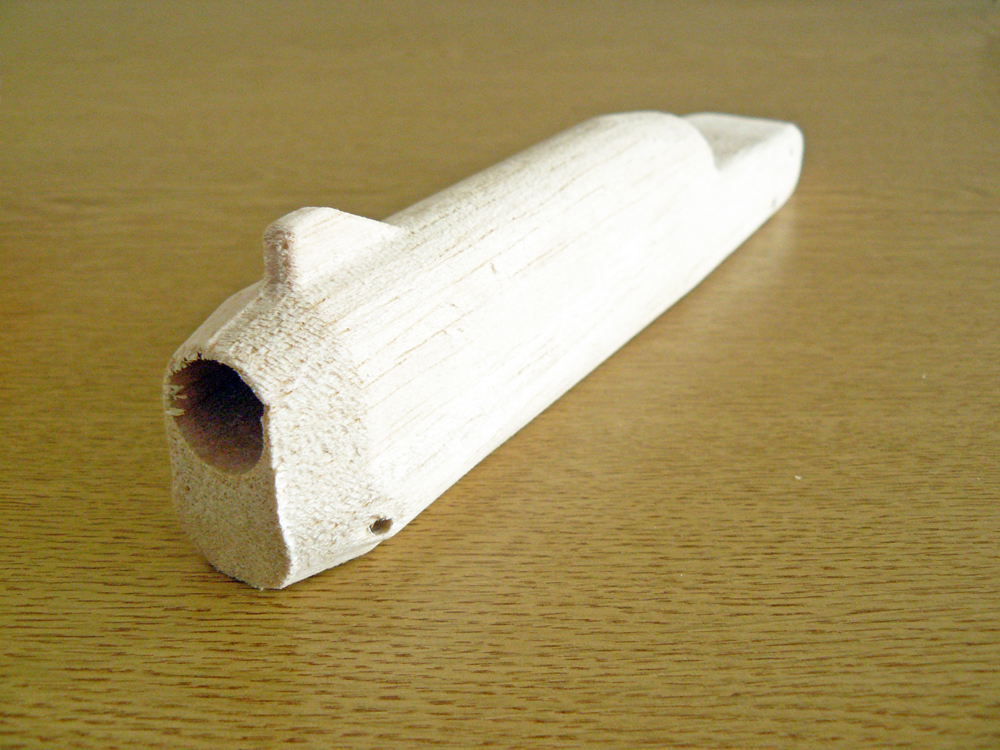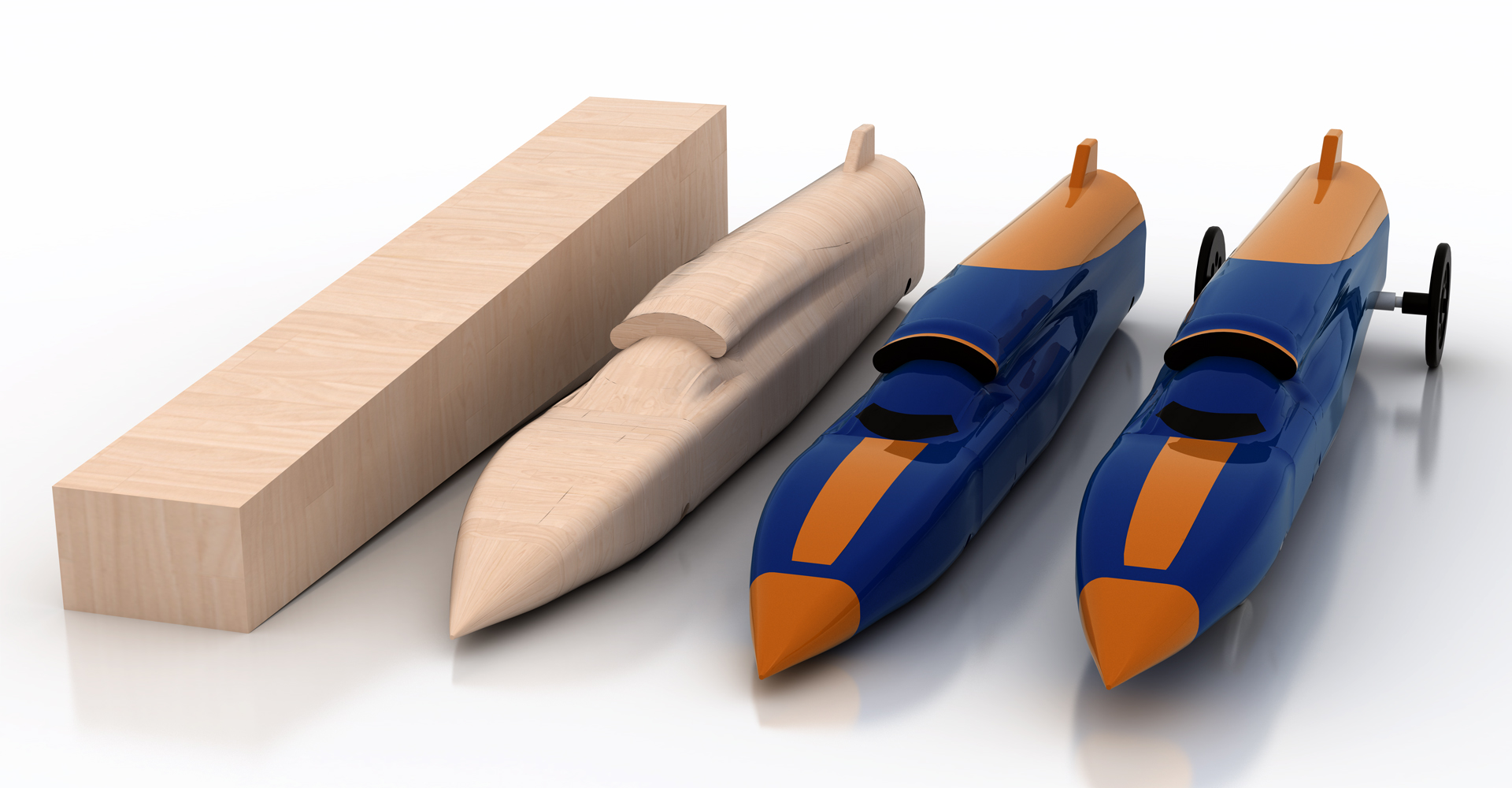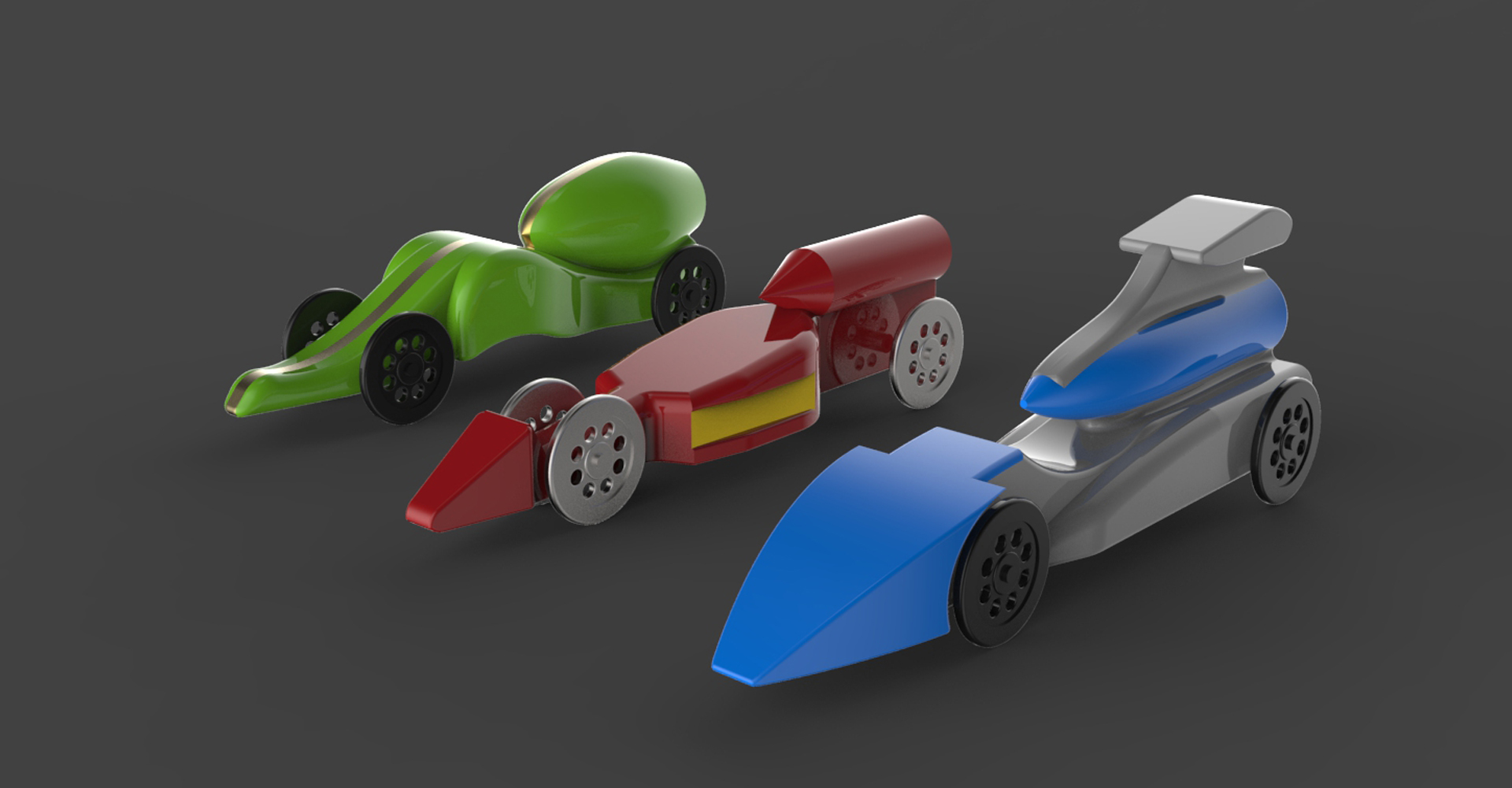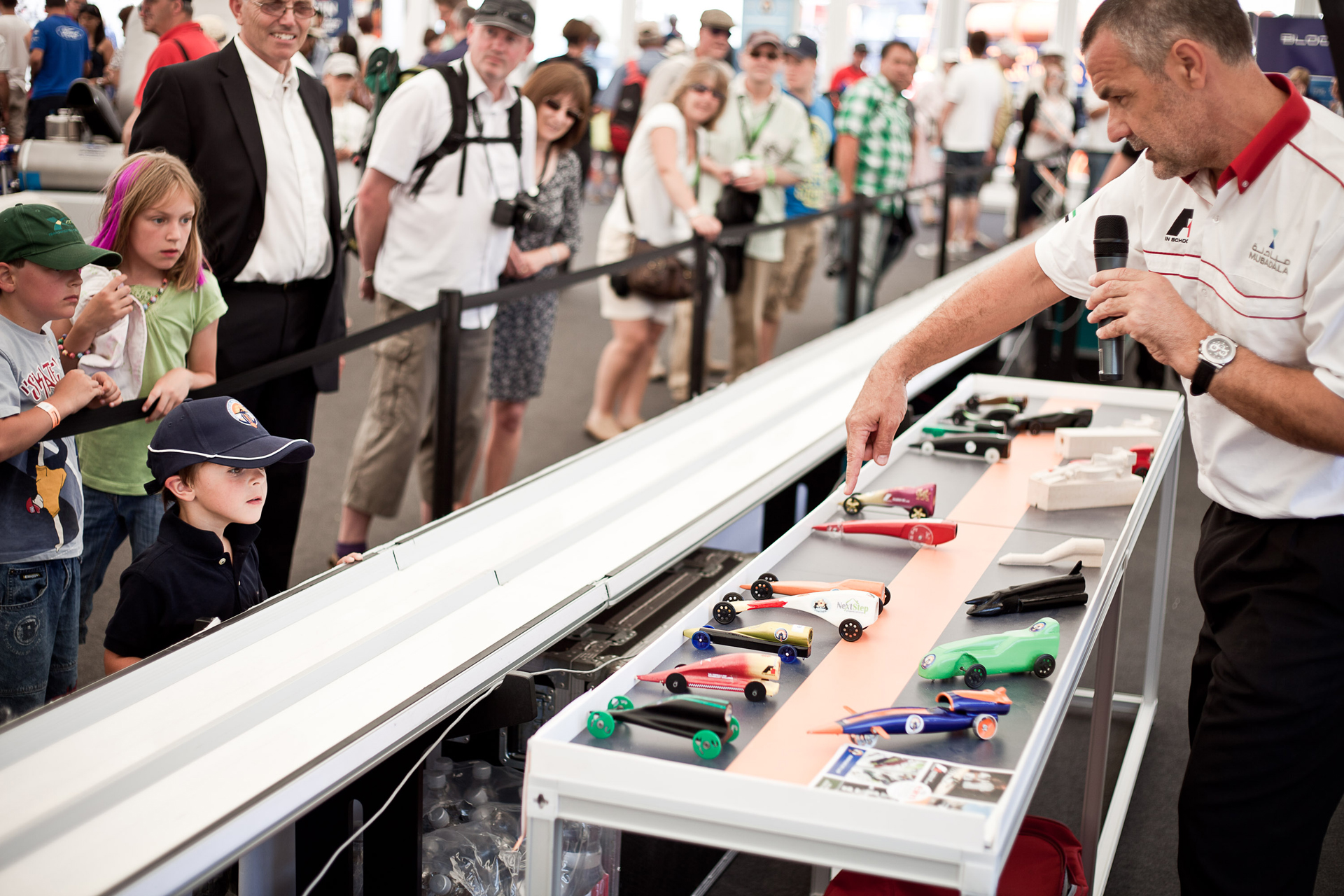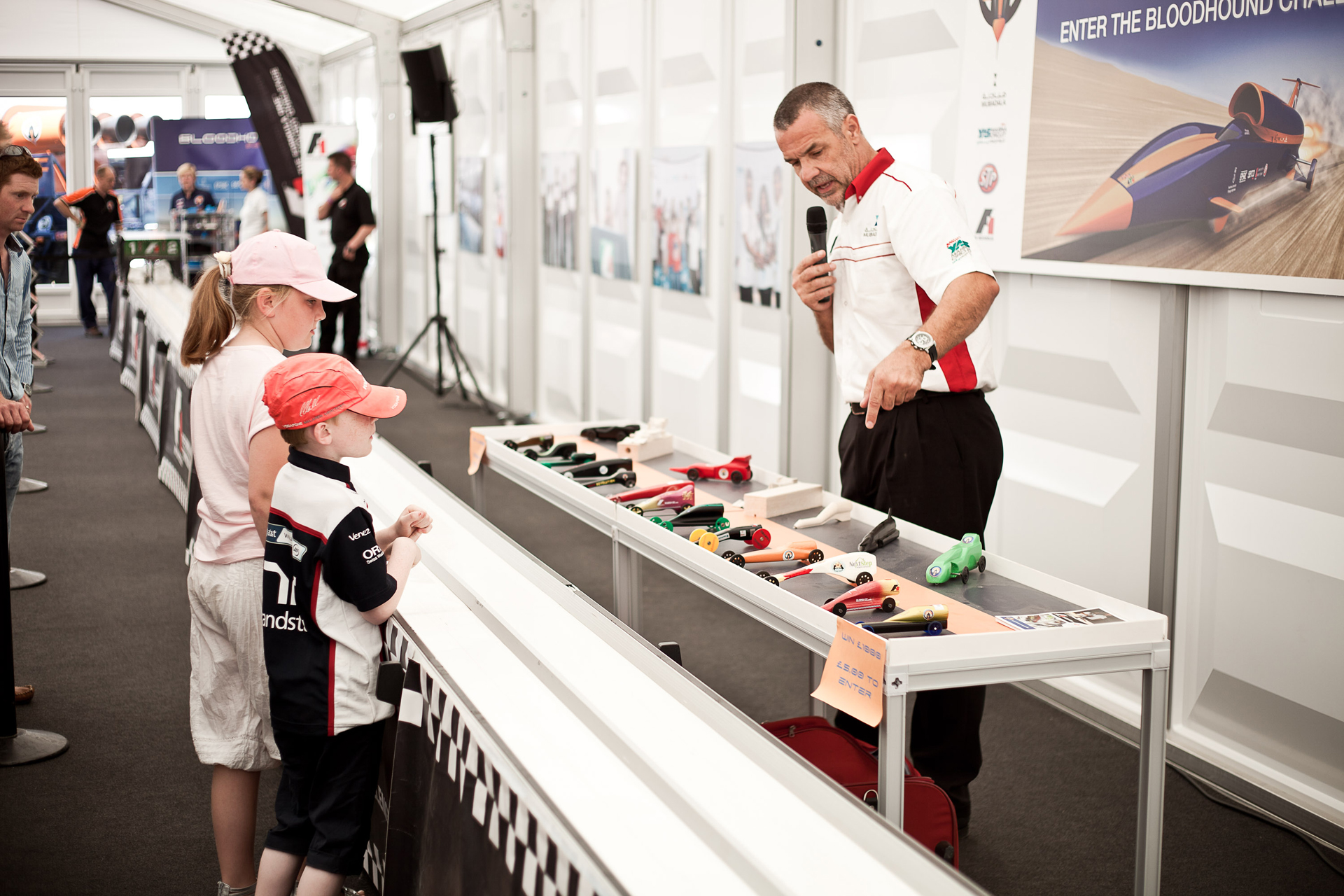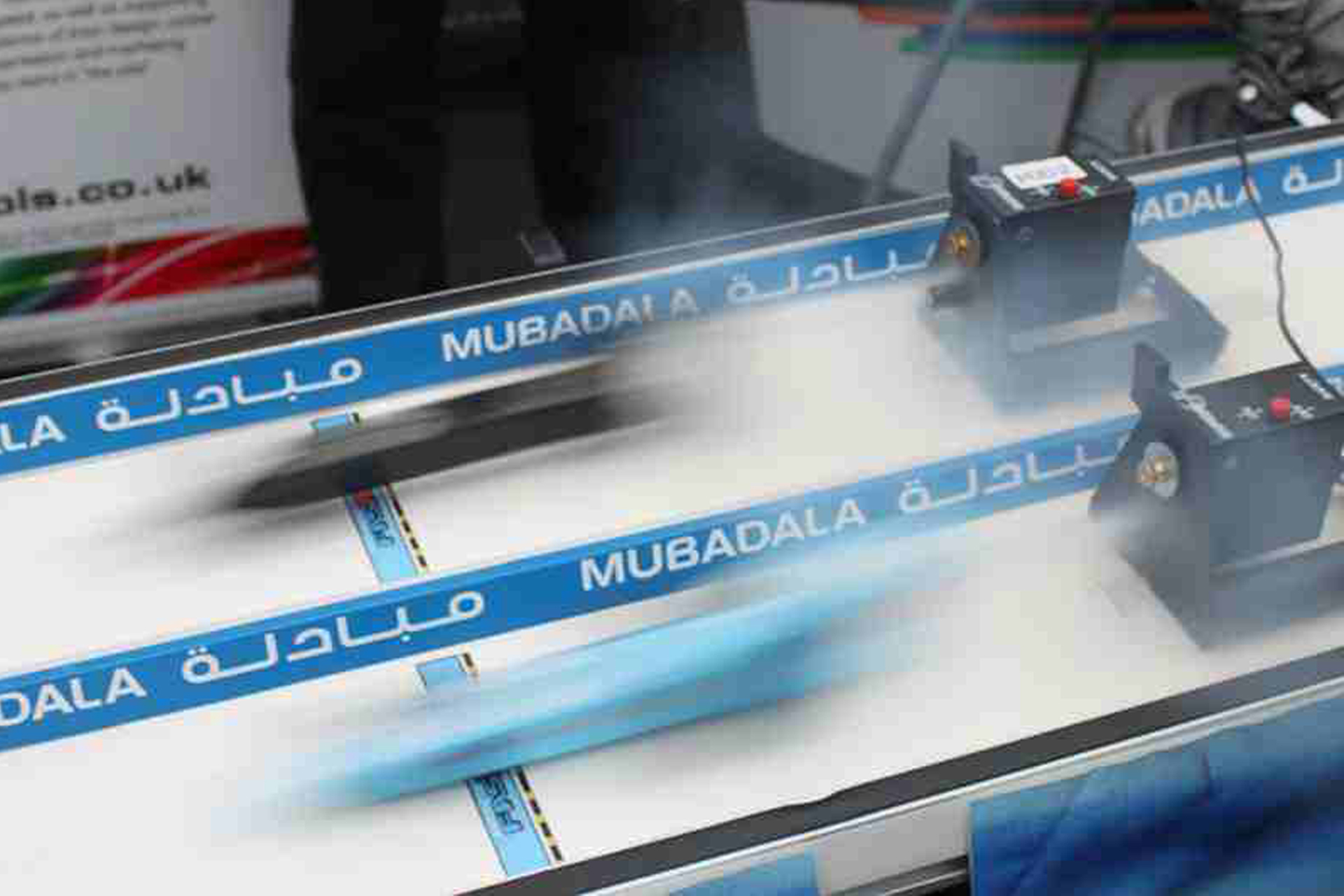The F1 in Schools competition is an international programme designed to get students involved in the STEM subjects.
Students are given a strict set of requirements, and have to work as a team to design, brand, build and race a car powered by a CO2 gas canister.
With the introduction of a new class of competition, a new range of example vehicles was needed.
You can find more about the F1 in Schools programme here.

